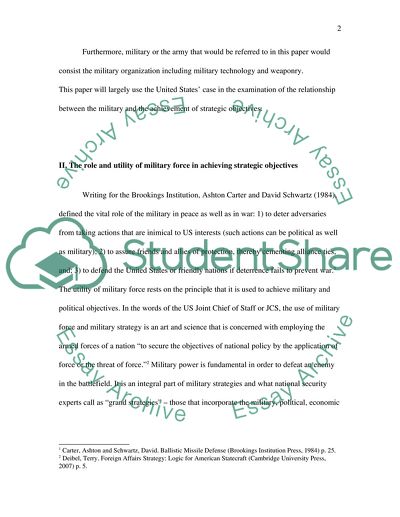Cite this document
(The Impact of the Changing Strategic Environment on the Delivery of Essay, n.d.)
The Impact of the Changing Strategic Environment on the Delivery of Essay. Retrieved from https://studentshare.org/politics/1720040-analyse-the-impact-of-the-changing-strategic-environment-on-the-delivery-of-land-power
The Impact of the Changing Strategic Environment on the Delivery of Essay. Retrieved from https://studentshare.org/politics/1720040-analyse-the-impact-of-the-changing-strategic-environment-on-the-delivery-of-land-power
(The Impact of the Changing Strategic Environment on the Delivery of Essay)
The Impact of the Changing Strategic Environment on the Delivery of Essay. https://studentshare.org/politics/1720040-analyse-the-impact-of-the-changing-strategic-environment-on-the-delivery-of-land-power.
The Impact of the Changing Strategic Environment on the Delivery of Essay. https://studentshare.org/politics/1720040-analyse-the-impact-of-the-changing-strategic-environment-on-the-delivery-of-land-power.
“The Impact of the Changing Strategic Environment on the Delivery of Essay”, n.d. https://studentshare.org/politics/1720040-analyse-the-impact-of-the-changing-strategic-environment-on-the-delivery-of-land-power.


